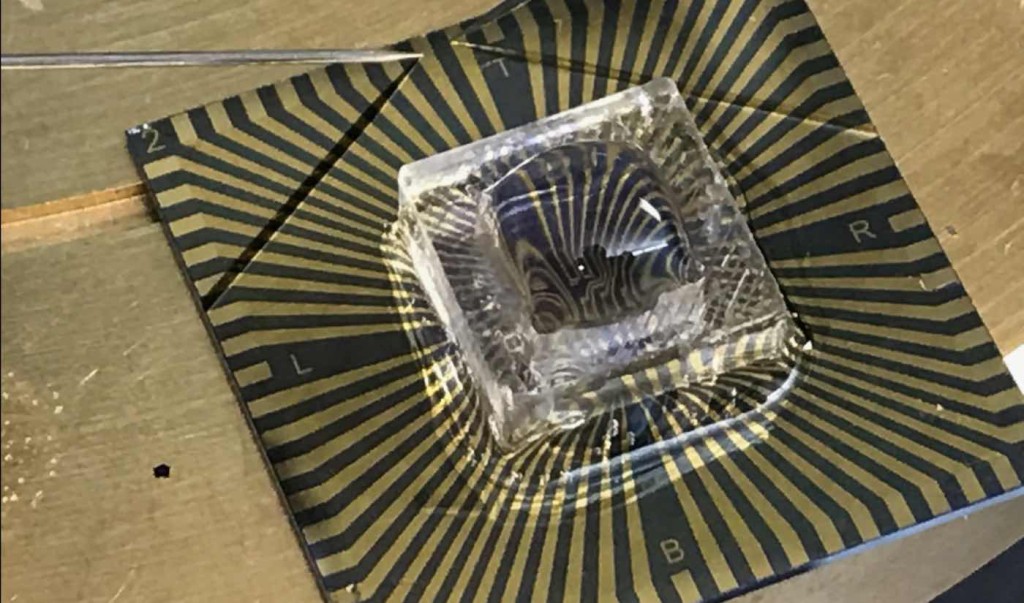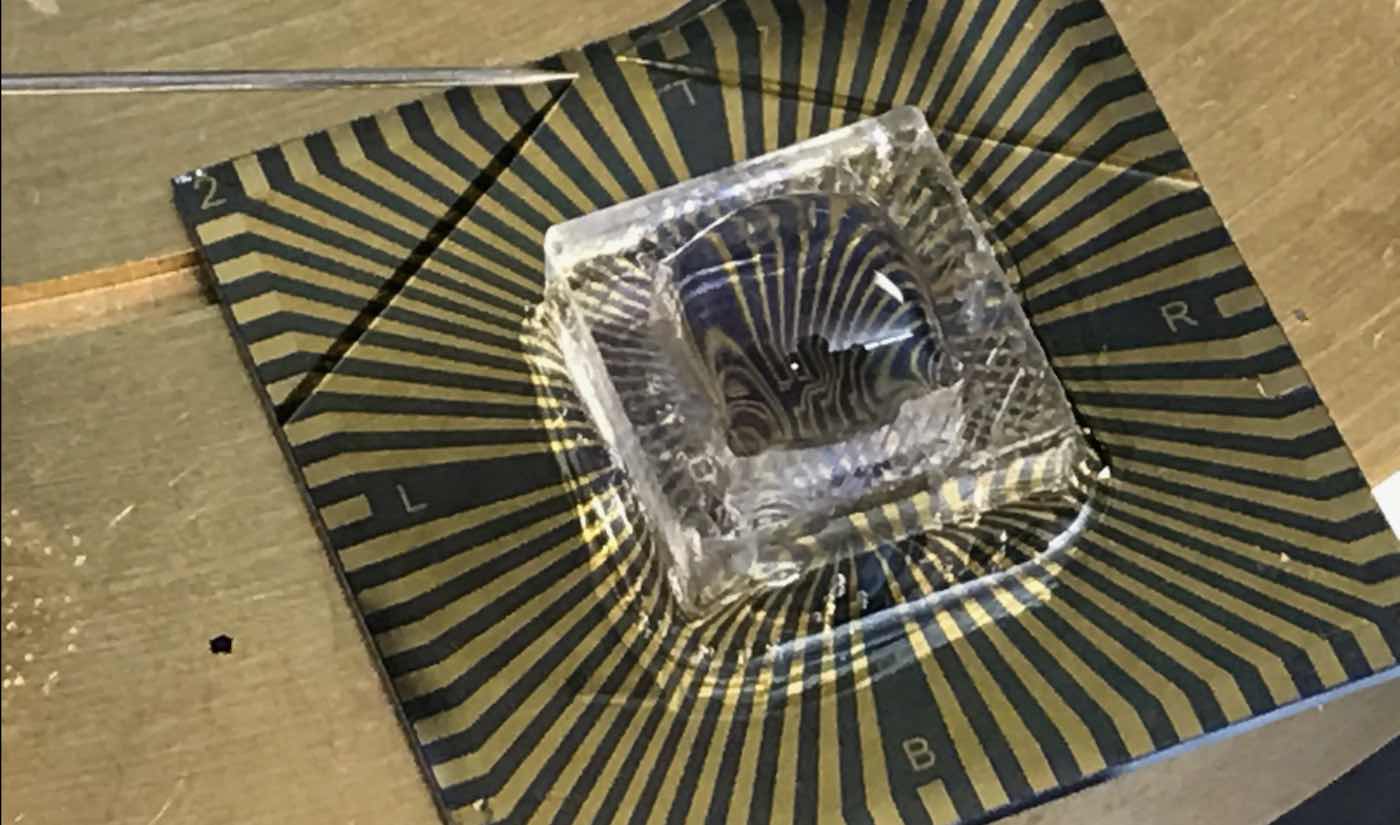
Have a cough, sore throat and congestion? Any number of respiratory viruses could be responsible. Conventional tests can identify the culprits by relying on chemical reactions—but researchers now want to swap chemistry tests for electrical changes sensed by nanomaterials.
They reported using a single-atom-thick nanomaterial to build a device that can simultaneously detect the presence of COVID-19 and the flu—at much lower levels and much more quickly than conventional tests for either.
The symptoms of both flu and COVID-19 overlap considerably, making it difficult to distinguish between them, notes Deji Akinwande, Ph.D., who presented the work at a recent meeting of the American Chemical Society.
“When both of these viruses are circulating together as they did earlier this winter, it would be immensely useful to have a sensor that can simultaneously detect whether you have COVID, flu, none of the above, or both,” said Akinwande, of the University of Texas at Austin.
The device could also be modified to test for other infections, and for other applications, as well.
POPULAR: Compounds That Can Stop COVID From Infecting Human Cells Discovered in a Sea Sponge
The group, including Dmitry Kireev, Ph.D., constructed the sensor using graphene, a single layer of carbon atoms arranged in a hexagonal lattice pattern. Its extreme thinness renders graphene highly sensitive to any electrical changes in its environment.
“These ultra-thin nanomaterials generally hold the record for best sensitivity, even down to the detection of single atoms, and they can improve the ability to detect very small quantities of basically anything that needs to be sensed, whether it’s bacteria or viruses, in gas or in blood,” Akinwande said in a press release.
To build the infection sensor, the researchers had to make graphene respond to the presence of viral protein. To do so, they looked to the immune system, which produces antibodies that are fine-tuned to recognize and latch onto particular pathogens. The researchers linked antibodies—from SARS-CoV-2, the virus that causes COVID-19, and the flu virus—to graphene. When a sample from an infected person is placed on the sensor, these antibodies bind to their target proteins, prompting a change in the electrical current.
RELATED: New Nasal Spray That Could Protect People From All COVID Variants to Start Human Trials
The researchers did not have the safety facilities needed to use whole, active flu or SARS-CoV-2 viruses to test the roughly square-inch sensor. To substitute, they used proteins from these viruses delivered in fluid that resembles saliva.
Their results indicated that not only could the sensor detect the presence of the proteins, it could do so when they were present at extremely low quantities. This sensitivity suggested to Akinwande that the sensor could be used for detecting the much more sparse viral particles found in breath.
The sensor also worked quickly, returning results within about 10 seconds of dropping in a sample. By comparison, conventional COVID-19 tests can take hours, depending on the type, and a dual COVID and flu test recently authorized by the U.S. Food and Drug Administration takes 30 minutes to produce results.
Akinwande and his group are working to improve its performance further, including by expanding the slate of viruses it can detect.
MORE: School Closures During Lockdowns Slashed Rates of Mysterious Fever That Causes Heart Disease in Kids
No word on when it will be available to airports and healthcare providers, but with funding from the National Science Foundation, they’re developing a sensor designed to test for SARS-CoV-2 variants, such as omicron and delta—and even future virus strains.
SHARE The Science With Nano Geeks on Social Media…




















